|
Art is not easy. So many people think they are doing it every day. I’m not saying I know the difference between who are and who aren’t; to paraphrase John Cleese’s Pope Julius II, “I may not know a lot about art, but I know what I like.” In today’s anti-normative world, it’s truly impossible to say which one of a so-called pop artiste dressing herself up in bubble wrap, a rapping idiot-savant calling himself Jesus Christ, and a sixteen year old girl clothed in a tube top and little else singing “Sweet Child ‘o Mine” is art, and which isn’t (do any of them have to be?, is to me the obvious question).
Having this kind of discernment has, on the surface, very little use in today’s surface world. But I believe there is a purpose to being able to tell the difference between those in it for vainglory—Bruce Lee would refer to their journey as the Art of Self-Image Aggrandizement—and those who are in it for true excellence, and the truth that comes with it, for the sake of not merely making an impact on the world, but making a positive one, at least so far as their beliefs and conscience can guide them. I think what makes it easier to tell who’s doing what is to consider the concept of *effective art*.
What is this thing that I propose exists: effective art? I believe what makes effective art effective is that it touches us in a way that is significant. But what does this mean? Effective art (think of a song that still makes you cry even after you’ve heard a thousand times) creates a process through which the audience member not only passes but is also changed in a way that is both indelible and irreversible. Aristotle speaks of mimesis in the Poetics. Mimesis is a large part of this process. By employing the mimetic aspect of art, the artist may create a work that is somehow both broad-reaching enough to apply to all persons yet specific enough that one person will feel as though the work of art has been created just for them.
Because of this personal connection, the viewer will come to see themselves in the protagonist, and will share in their failures and their success. This brings us to the second part of the process, which is catharsis. Via the experience of the protagonist’s highs and lows, the viewer (or listener) experiences the artistic journey not only as the trials and tribulations of another person, but as part of one’s own story, and at the point of conclusion, the viewer (or listener) feels a very real sense of having been transfigured, cleansed, or else having experienced epiphany on a deep level. This is one of the ways the artist can employ their skill and acumen for the good, by creating and layering positive change (which, note, does not assume a “happy ending”) in the conclusions of their art.
I find I can often tell between art that is created by the artists for themselves and art that is effective by locating where I experience what I often refer to as “the tingles.” When a work of art is high intensity, our autonomic reaction is to feel that intensity somewhere in our physical body. I’d wager that all of us have cried during certain movies, songs, theatrical performances, and many other expressions of art based on our preferences (visual art, dance, performance art). In my experience, art that truly touches the soul can be felt in (of all places) the sides of the arms, and the shoulders. Almost without fail, when I notice a tingling sensation there in my body, emotional catharsis is nearby, whether it manifests in the form of a deep cleansing breath, laughter, or crying.
In contrast, art created to serve the artist’s ego can be felt almost anywhere else. I’ve been confounded by this in the past, watching films or theatrical performances and feeling stirred yet also feeling a sense of emptiness and not knowing why (I’m looking at you, “Hancock” (2008)). I’ve felt my head swell in agony over a protagonist’s dramatic fall from grace. My heart has bled over a main character’s crippling anxiety. I’ve even cried watching a community be destroyed for hypocrisy and lack of oversight. But one common factor insists itself upon these three scenarios: I never felt anything in my shoulders, nor did I feel something in the sides of my arms. It seems so odd that this—the precise location of “the tingles”—be the determining factor. But, sure enough, when the dust of high emotion settled in each of these (and, certainly, many other) cases, I was left with a feeling of having witnessed something created not for the benefit of my edification, but instead for its own thirst and need for attention.
And herein lies the danger, and is why art can so easily by hijacked and turned from an activity that is intrinsically benevolent to one whose sole purpose is to fulfill a narcissistic personality’s need for self-image aggrandizement. I disagree with the (relatively recent) adage that “the head can be persuaded, but the heart is not so easily changed” (I think it’s from “Frozen” (2013) (he says, having seen it seven times)); it’s actually fairly easy to manipulate the heart, just look at how many toxic relationships remain unexamined due to family loyalty. There’s not really anything that can be done about this. As we perfect the expression of form e.g. the play, the song, the novel, the movie etc., it becomes easier for art pirates (to coin a phrase) to plunder these forms and mine them for their own selfish needs (see “United Passions” (2014)—actually, don’t.)
I would humbly put forward that awareness is the best weapon under these modern day circumstances. For me, a key component to a better life as an art consumer has been to be relentlessly conscious of the art I was consuming. I found when I was willing to question what was placed in front of me, I became far less willing to leap into the jaws of the predatory pseudo-art that found it way into my purview simply because its creators owned all the distribution outlets (now who might I be talking about? … I still like Frozen.) It’s certainly made me less hip—to this day I have never heard the radio offering known to many as “Uptown Funk,” in fact I’m not sure I’ve heard a new song since 2012, except for that Mendez/Cabello duet from a few years ago (to be fair I was just out of inpatient and was trying to find my roots among free humans by listening to *anything* that came on the radio) and something by Taylor Swift about how some people need to calm down—I actually like that one.
No, I’m not a doom and gloom, everything after 1986 sucks, kind of guy. There are always new, wonderful discoveries to be made as a consumer of art (the jewel that is “Ted Lasso” to name one.) I wonder if we’re not on the precipice of a new *slow art* movement, perhaps similar as to what happened at the transition from the 80s into the 90s, except, hopefully, a little wiser, and this time truly shedding the skin of artifice for a new kind of authenticity, where artistry and artisanship find their place again among the pantheon values of self-expression. For better or for worse I think the “influencer” is here to stay, at least for awhile, and it might be that all you need to do is film yourself eating cereal with hot sauce to be called a “creator” but to quote Keith Carradine: it don’t worry me. (Nashville (1975))
I do what I do the way I do it (this is a surely a quote). No amount of sanitized prefabricated mindless cookie-cutter entertainment can take away my love of creating art to help others. I was told at a young age by an uncle who would turn out to be one of the strongest influences of my early creative life that I should always remember to give back to society. At the time I was busy getting the crap kicked out of me by racist mobs in a Dickensian all-boys boarding school, but, thankfully, the words stuck with me. Art is the greatest blessing (shared; my wife, obviously) that I’ve received in my already pretty blessed life. It seems a natural choice to pass it along.
Some might still call me unsuccessful, and in some ways they’d be right. I have no community of crazed fans (yet/who cares, my wife would say), I have no mantelpiece full of trophies or awards (again, yet/who cares, she’d say, because she’s amazing). But in the past seventeen years, I’ve had the time and space, away from the joneses, away from the restless throng, to gruelingly put myself through the ropes; I’ve gained mastery over the fundamentals of harmony, counterpoint, lyricism, rhyme, wordplay, music production, storywriting, MIDI programming, arrangement, transcription, voice, performance, and many more areas of study that, in my opinion, form only the very basics of what it means to be an artist, a real creator. At least that’s what I think. And sure, maybe all of this is not a route to success. But I believe it to be a path to self-mastery, and, with that, a means to unlock the secret to wellbeing and abundance, in a world that truly needs it.
Travel safe. Talk soon. -AF
0 Comments
The year draws to a close, and I’ll be honest with you, I’m not sure I have the energy to go twelve rounds with another one. Between the mental health diagnoses and their ongoing, and in many cases worsening, symptoms, and several emerging physiological issues as well, next year I would hardly be surprised if I were to find myself on the receiving end of something fatal, and, I have to say, some days I’m not sure I wouldn’t welcome it. I’ve always been honest with these watershed posts. I’ve never sugar-coated my feelings. I’m really thankful for all the support I received upon reentry to the world after my hospital stabilizations this year. I can say for certain that I would not have made it through with quite as much of what little remains of my sanity intact without the calm, kind, and caring strength shown to me by friends and family, who in the face of these circumstances rallied to become the support network I never knew I had. I am deeply touched by this collective gesture, and will hold it near and dear to my heart for always. The weeks and months following reentry were a difficult period, and continue to be so, with symptoms showing no sign of abating—in fact, they seem only to strengthen with time. No one seems to know exactly what’s going on with me, exactly what is the matter with me, let alone how to present any coherent plan to try and heal me. I am told that the work takes time; what I experience is that with each day the symptoms become further entrenched, and increasingly more difficult to face. I spend most of my time—I may have mentioned this before—with my eyes closed, to try and escape the symptoms and the turmoil they convey. I’ll keep this short, meaning to say that I’m winding up. I’m often loathe to make life-suggestions, believing a person’s right to choose the content of their experience to be paramount. But in going through what has been beyond the hardest year of my humble existense, I feel, for once, a sense of responsibility: that to hold my tongue in this instance might be to miss out on an opportunity to do some good, or at the very least to share some perspective that, who knows, might be worthwhile to someone out there. So, to any and all who might find this relevant: a recommendation. Look around you, and admire all the beauty that you see, including, perhaps especially, the beauty that is yourself. Devour all there is that brings you joy to see. Watch the world. Observe it, mindfully, with curiosity, and wonder. Speaking as a person who may never be able to take the simple act of looking at the world for granted ever again, I cannot emphasize this more. The world is a beautiful place, absolutely stunning, and I miss it so much. Take in the best of the world, and leave the rest. Allow its beauty to bring you satisfaction, happiness, and joy. You deserve it. Travel safe, and talk soon. -AF Enjoy! -AF
My Dearest Mack and Tosh, This year, on April 30th, I had what’s commonly referred to nowadays as a mental health crisis. This sterilized, sanitary term has—in true Carlin-esque fashion—sounded at once more dramatic and more serious in days past, with the phrase “nervous breakdown” warranting (and justifiably so, I can now attest, have been through one) the terrifying vision of a mental *snap*, followed by a period of complete inability to keep up with normal day-to-day activities: work, family care, relationships, and so forth. The brain is fried, or deep-friend, rather, and no amount of coaxing can get it to see itself as otherwise, at least at first. (This first paragraph took me two weeks to write, thirteen days of which were preparation, and failed attempts.) Because I am human and prone to distorted thinking (not saying those are necessarily linked… necessarily) my initial thought was that of: Why? (Truthfully there are days when I still think this.) Why did this happen? Was I being punished for something? Was there something I had forgotten that I had done wrong, that I still needed to atone for? And for that matter, did my life still work that way—pinned, inexorable, to the wheel of karma? Where were grace and compassion? Where was enlightened equanimity? Thankfully this “control fallacy,” when it lasts, doesn’t last long. *Phew*—as it were. The bottom line is that it happened because, well, it happened. At least, so far as goes the philosophy of it all. As for the logistics, bridgestorecovery.com speaks of a nervous breakdown occuring: “when a person is no longer able to cope with stress or pressure. Stressful like events may trigger a breakdown, but underlying mental illness may also cause it.” (Again, I can attest to this. I’ll spare you in detail as to all of what the stress was; notwithstanding, it was a combination of work and personal factors.) I spent a little over a week in an inpatient unit, under close watch for safety as well as diagnosis. I graduated to what is known as a “partial program,” living out in the “real world” while attending a bevvy of a groups and classes, on tools and information generally designed to help the subject remain both in the real world and living. Now, it’s more or less back to reality. Except, the way I remember it, reality was once a collaborative adventure, not a cruel exercise in smackdown economics, featuring humiliating defeat after humiliating defeat, as I struggle merely to remember vocabulary and simple items on a to-do list. I’ve been told that the real recovery, the one that begins well after the groups, well after the classes, can take months, if not months upon months, a grueling Everestian climb, which, if these first weeks are to be judged by, I can once again attest to. But enough about that. What concerns me now is recovery. How do I get better, so that I can cease being a burden on my lovely wife, a true dedicated superhero if ever there was one, and start getting out there back to the world of creative badassery and cosmic avenging that so much more suits me than passive victimhood ever could. I am forcing myself to write this blog. The mental strain is near unbearable. With each word search the side of my brain feels like it’s being seared on a skillet. But I will persevere, and I will complete it. Because if there is any sense of give-uppery in me, lingering, lurking, what better way to find it, and show it exactly how it can go fuck itself, whenceforth will I move myself into a space—bulldozing my way there if I have to—where things are the way they should be: where my creativity is back in charge.
AF Thoughts from May 5th 2019. We discuss guilt and shame. Rich, the facilitator (real name altered), wears casual jeans and an open flannel shirt, wearing his grey head of hardly receding hair neither short nor unkempt. He has one of those faces where when he is gone you are unsure whether or not he has a mustache and beard, or rather, you are absolutely certain he does, but would hate to have to stake your life on it. He is friendly, but more to the point in this case he embodies a state of gentle authority: knowledgable, and firm in his understanding of how to convey said knowledge. We begin: Guilt and shame are established as two forms of conscience, developed specifically to determine scope of behavior, or, in other words, to limit it. Don’t go outside the cave after dark! is the rule and you are to follow it. Whereas in reality, the reason for this rule is both sound and based in logic i.e. you will in all likelihood be eaten by a large, long-toothed prehistoric feline if you do (go outside the cave), the forces of peril employed in teaching this lesson are far more immediate, and, in many respects, far more threatening i.e. because I, your parent, told you so, and if you disobey me I will become angry! 1) ShameShame can be understood as the fear of disconnection. It develops at a relatively young age. Children are conditioned to join the herd, and to do so no matter what it takes—it is often said that children will take bad attention over no attention at all, such is the pull of the herd. Shame intersects with a fear of abandonment, or exile, two of the most basic disconnection-based consequences a tribe can put on individuals. 2) GuiltGuilt is slightly different. Guilt develops at a later stage, when the mind can abstract, particularly when it can create for itself its own set of personal rules—its personal code. When an individual violates their own personal code, a feeling of guilt may be the result. 3) The Brain(s)We can consider the various “brains” i.e. the various stages of human cognitive development, and how they relate to guilt and shame. First, the “reptile” brain. This part of the human brain deal with the basic functions: eating, sleeping, defacating, etc. Next, we can observe the “mammal” brain. Via the mammal brain, babies learn to label their emotions. They learn how to express, and how to connect. Also, it is worth noting, shame lives here. FInally, there is the “human” brain. The human brain begins to come into play at around 3 years of age, developing from 3 years until about 6 years old. The human brain, a marvel, can share information, thoughts, ideas, and opinions. It can read Aristotle and Shakespeare. It is worth noting that most herd animals will, at most, join three (3) herds, whereas humans will join hundreds of "herds" in one lifetime (i.e. social circles, professional circles, and so forth). It is this—the human—part of the brain that learns to navigate all of these different rules. Often times, rules which apply in one place, do not apply in another. Humans can navigate this, humans can modify the rules at will. Rules, for humans, are what we create, and rules are negotiable. Rich now leans back in his chair. We are given space to wander and explore. It is easy to see in the world how children who are treated differently can become children who are wired differently. The question is asked: why do some children have such a large shame conscience? We ponder. Nature? Nurture? Excess punishment... child neglect... bad treatment? If a child is aggressively punished every time they are taught a "lesson," do they learn the underlying lesson, or is the lesson they learn that their parents will get mad and will yell at them? To the group, it stands to reason that any and all of these factors would have an impact on the developing mind, teaching it how to move through the world. The discussion segues briefly onto the subject of depression. Depression: it is different from sadness, it is a pane of glass between you and your life, that get thicker and darker as its power grows. You know they're out there (your supports, your *tribe*) but you just don't feel them. After a few more minutes of discussion, Rich interjects, with some grist for the mill. A too-high shame-o-meter can, he proposed, can elicit the feeling of “I am pretending” in children: “I feel like I am pretending all the time.” He goes on to say: We accept the love we think we deserve. For those with too high shame-o-meter, the beliefs are often:
They WILL remember the criticisms. And they will disconnect from the good things. Closing ThoughtsAs the session winds down, Rich offers us some some final impressions to mull over. There is a watchtower, he says, in the upper mind, whose purpose is to ask: “What do I think about my feelings?” Guilt lives up here. It's a rational place. As for shame? Just because a feeling is real, he says, doesn't mean it is true. He leaves us, as the minute-hand on the clock passes ten signifying the end of the period, with the following, on the off chance, he says, that it is useful. It is a set of questions that one might ask oneself during the guilt/shame response process, as follows:
We all carry around guilt, as well as shame, he concludes. Hopefully this mode of inquiry during periods of distress might free us from some of the toxic effects of our unprocessed shame, and allow us a greater sense freedom, to know that we are writing our own rules, and charting our own course. Travel safe. Talk soon. -AF
AF Thoughts from April 8th 2019. My Dearest Mack and Tosh, Thought it would do to be back in touch. These are in all likelihood going to look a little different moving forward. How? No clue. Just a hunch. In any case, the end (i.e. the entirety) of last year was quite hectic, what with the worsening health issues, and also the move. We’re settled now, here in Concord MA, where, fingers crossed, we’ve found ourselves in a situation with a little more stability. (*spoiler alert*: We did not.) BlueDorian continues its step-by-step march to bringing new and awesome things into the world, its current focus being steeled on the Daughters of Time story project, which mostly involves a lot of typing. I never thought the notion of tens-of-thousands of words would be appealing as an aspect of professional practice, but the reality of it has very much grown on me, and, until we find adequate means of creating anything more complex, say an illustrated novel, comic book, or animated series, it seems that eBooks are an honest and smart bed for successful project completion, at least in a way that is manageable and satisfying, in addition to feasible, for the team. - Daughters of Time -
I do miss the creative jamming that comes with ensemble work (AFO went on medical leave (mine, not theirs) starting September of last year. To that end, one of our goals is to reform one or more version of a “new” AFO, later this year. Last year the ensemble repertoire diverged into two distinct sets: a more “traditional” rock-pop set, and an experimental electro-pop one, which was very exciting, but also tricky to sustain, as, being an entirely new type of beast, no one knew exactly how to communicate with it—with only a handful of songs (pieces, really) in the repertoire, and no scores per se, there was scarce material with which to populate rehearsals, leading to feelings of positivity, but, when it came down to it, very little productivity. Still, I in many ways preferred performing in such an ensemble, as it side-stepped the aspect(s) of performance that give me greatest pause, which is lead vocal work—which has always been a source of great anxiety and ongoing trauma, and to which I find great peace and satisfaction in my recent decision to adopt of a stance of acceptance towards it, rather than continuing to spend the rest of my life trying to fight through. Also, the AFO, being a “rock band” in the more traditional sense, requires of it a “front-man” approach, to which I find myself more and more ill-suited (as can be judged by the style of this writing, which, frankly, is much more “me” than, to wit, “Hellooo Cincinatti!!!”). As a point of nostalgia—if you can call it that—I was made to give a lot of speeches when I was younger, suffice it to say I grew accustomed to the “talkie-talkie” that being a singer-songwriter, and then, later, front a band, necessitated. But I’ve always hated it lol; I much prefer the role of playmaker and occasional featured soloist—preferably keyboards, my first love—to anything else. Anyway, the thing that holds me/us back is the fact that we will not realistically be able to embark on any such project without at least two additional members of personnel, one to be the project’s manager (coordination of various aspects and logistics), and the other to be its artistic director (facilitating rehearsals and coordinating audio/visuals). Not having these roles filled while trying to produce the scope of project worthy of the time it would take to do it (might be a bit circular there—getting up earlier and, while perfectly alert, still not entirely used to it) will without a doubt result in major burnout for all parties in the current team; none of us are willing to put both health or the quality and success of any at such risk ever again. So, we’ll be keeping a sharp eye out for people who are able and willing to do this sort of project in those capacities. And I suppose, my dear friends, if any one you know might fit the bill, or if you yourself are motivated by life and ready to be part of something awesome, I believe there’s probably a contact form somewhere around this site—you are most welcome to employ it to that and any other worthwhile purpose: you never know what conversations can lead to what. In the meantime, our to-do list remains full and fulfilling, with a happy dose of self-competitive pressure as we intensify and accelerate towards our first eBook release for Daughters of Time (DoT). Yes, did I forget to mention that earlier? I probably intended to ;) I am so, so excited about sharing these characters, this universe, and the opening steps of this story, with you; after four years of development (granted, not just of this story, but pretty much the entire universe and cadre of easily a dozen stories that go with it—see, I’m tantalizing, sorry, marketing) and what has felt like eons of chasing away demons, it finds fixed form in the magic of .epub. This is the culmination of years of people telling me I would never achieve anything in this field, that, as a musician, I should know my place and leave the writing to the writers, and me, somehow, finding either the will or sheer bolshery to summon the words of everyone’s favorite “Dude” and say: From the twisted weirdness of my warped mind, to you lovely people. Enjoy. And a final shout-out to the fine musicians, artists, and practitioners who made up last year’s AFO. Please check out their links and show them some love; they are just brilliant people and fantastic musicians to boot: Tom Appleman (bass, vocals); Renée Dupuis (keys, vocals); Andrew Jones (drums); Dave Lieb (guitars, vocals); Elizabeth Lorrey (management & coordination); Elizabeth Geuss (producer). Travel safe and talk soon. -AF Enjoy! -AF
|
at a glanceAdam Farouk (born April 6, 1978) is a Malaysian musician, producer, writer, and entrepreneur, currently based in the United States. He is known for his integrative approach to the creative arts, and frequently infuses his works with unlikely combinations of style, influence, and genre.
Learn more about Adam's other creative projects at bluedorian.com!
blog categories
All
blog archive
October 2023
adamfaroukblog.com © 2018-2022 Adam Ismail Farouk / BlueDorian® Media Entertainment. BYIP Creative Media. All Rights Reserved.
|


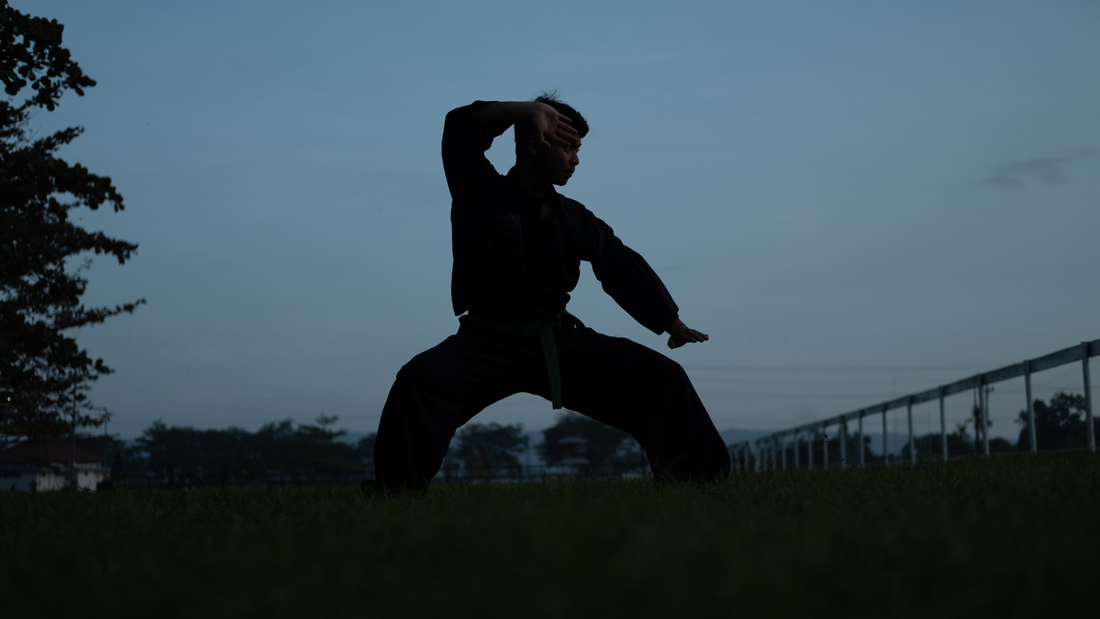
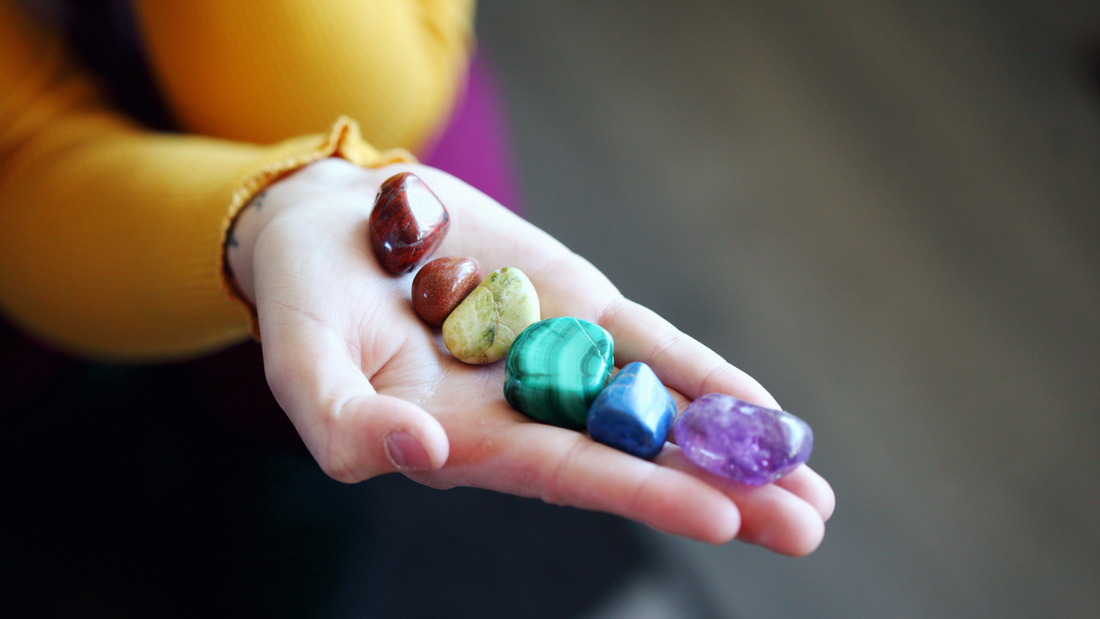





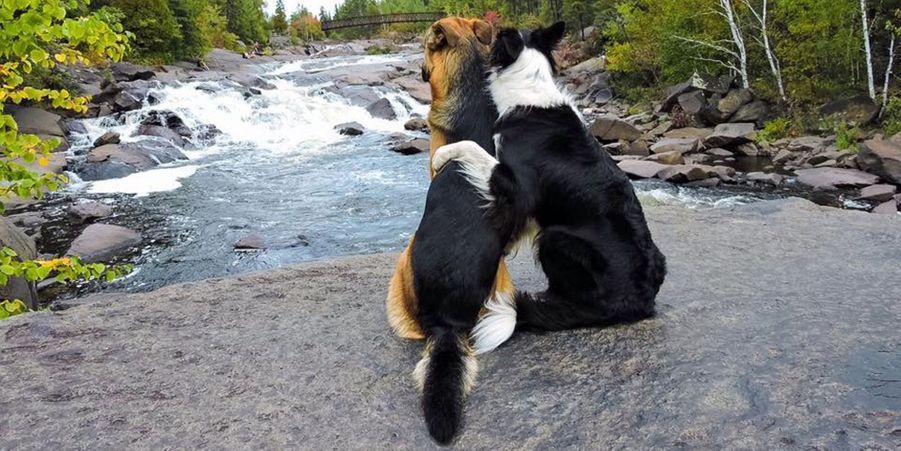




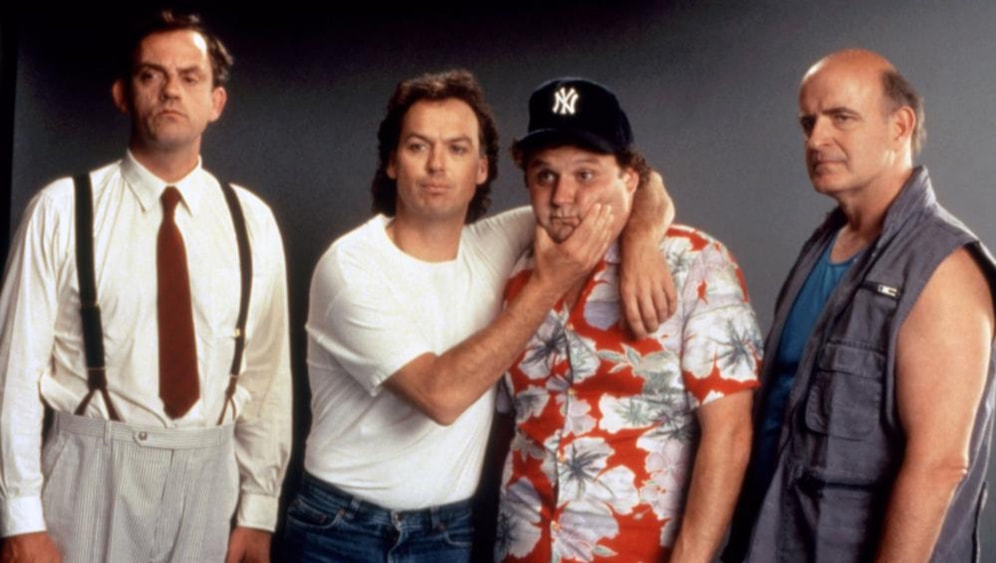

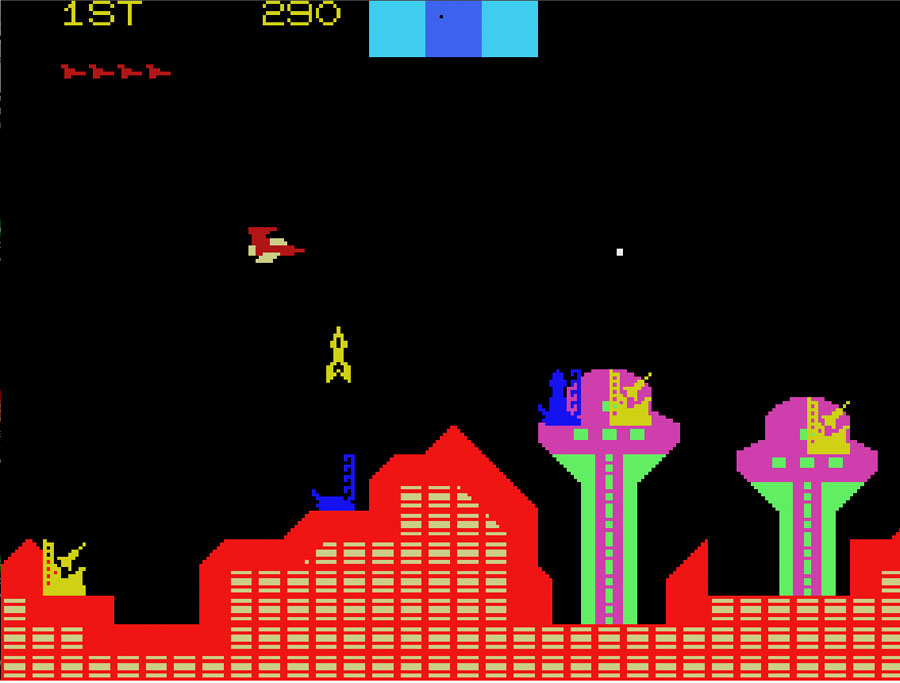

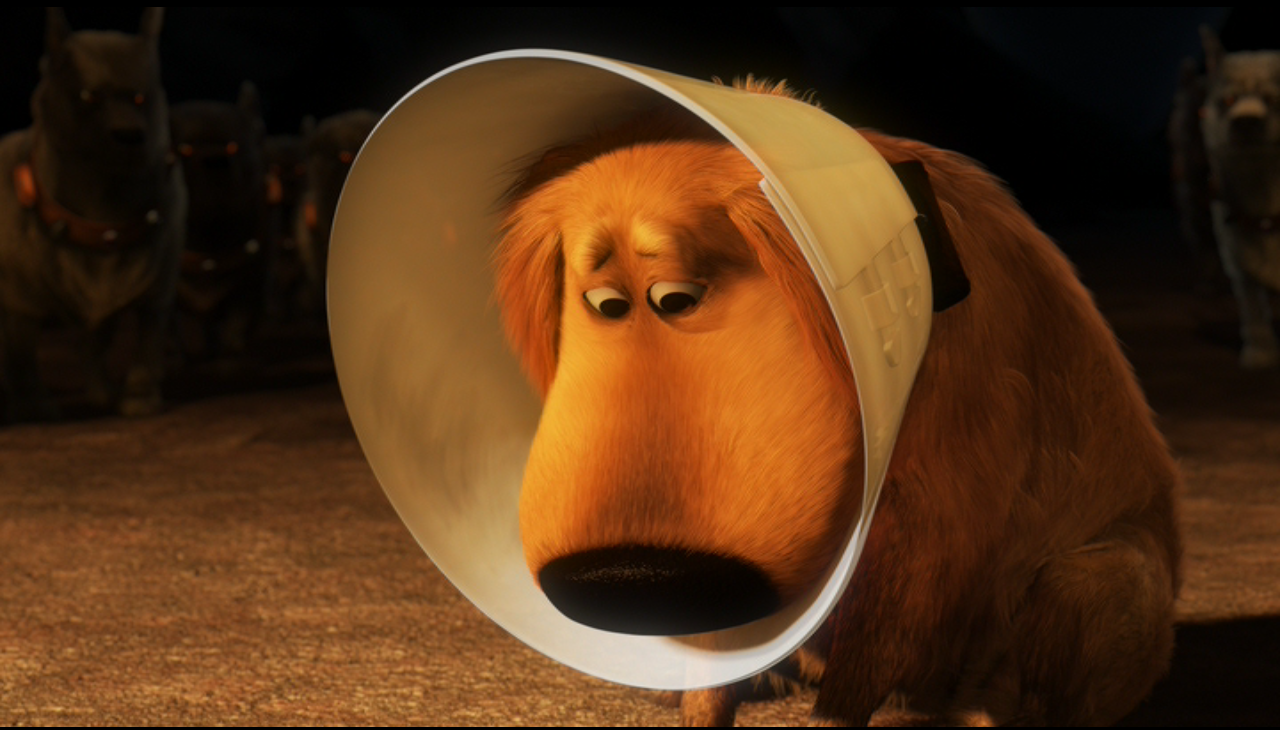


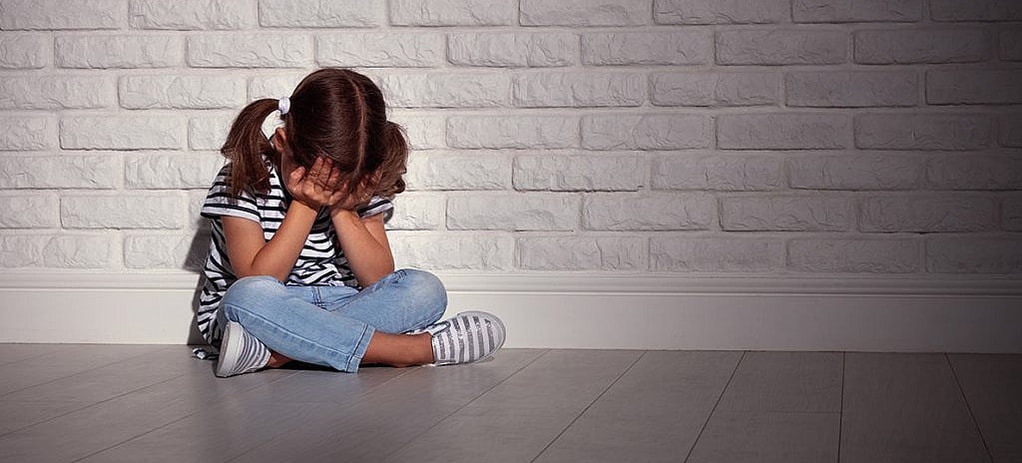



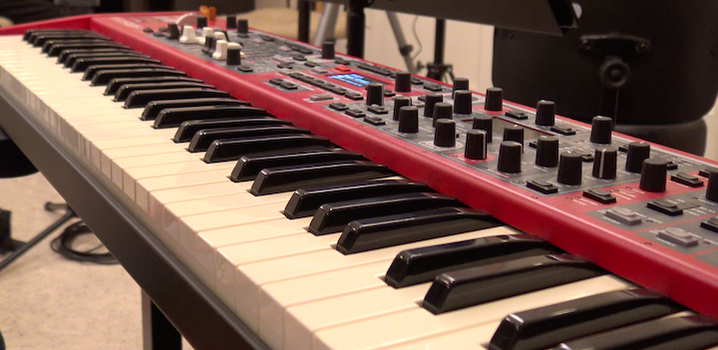



 RSS Feed
RSS Feed
